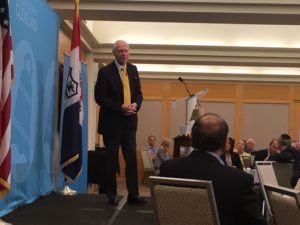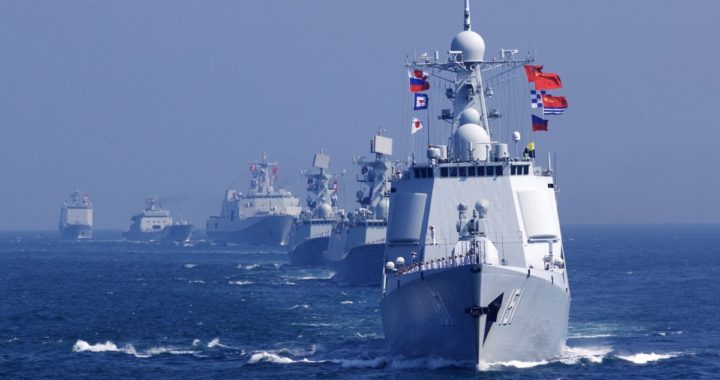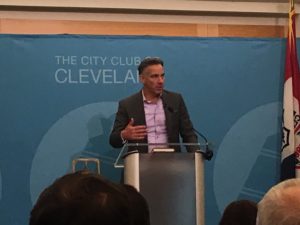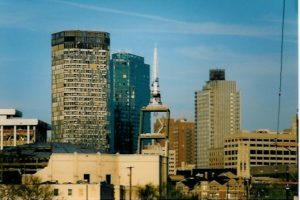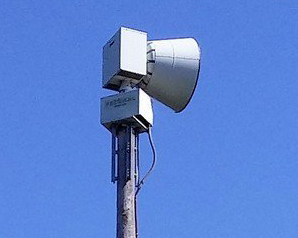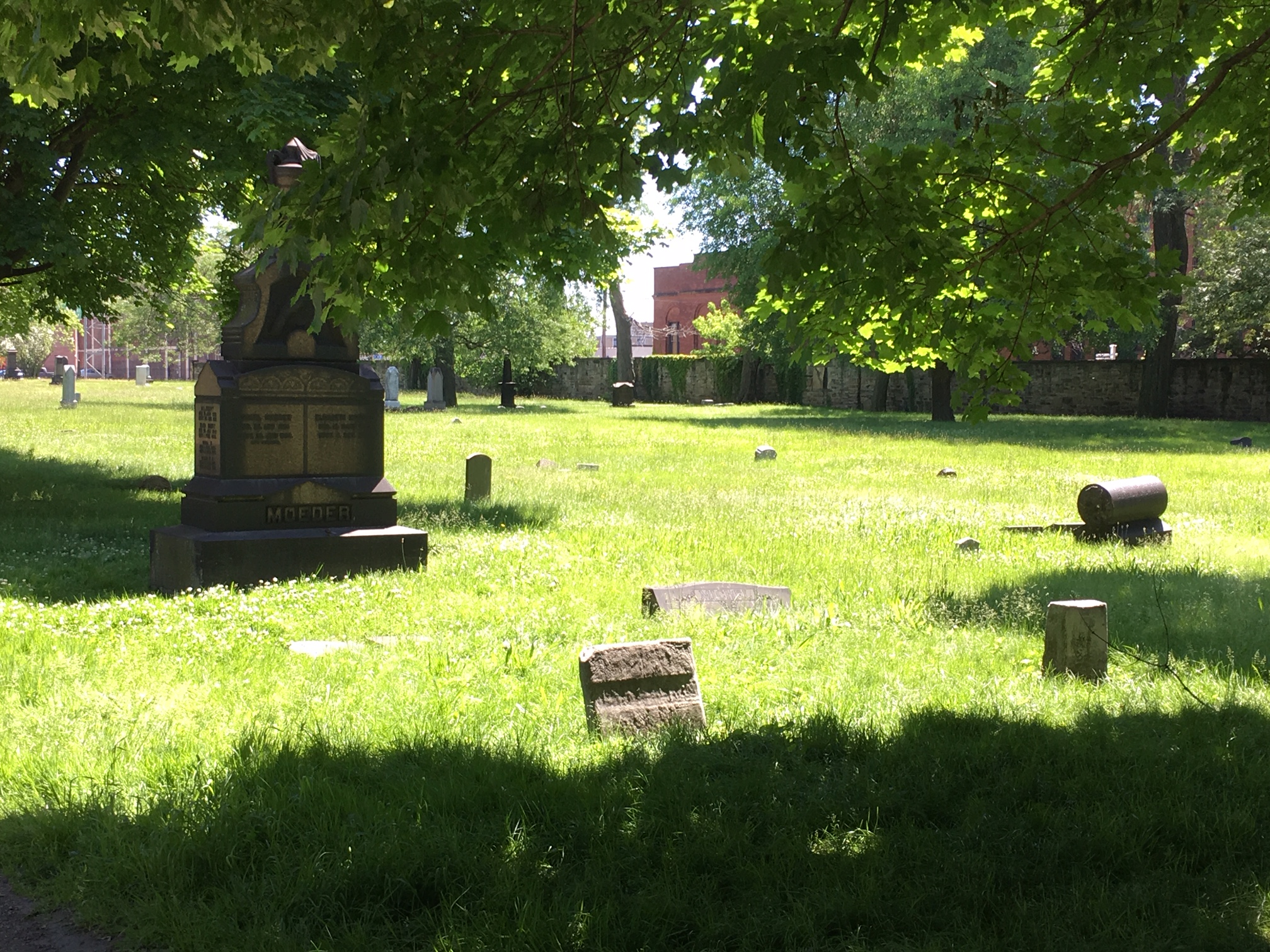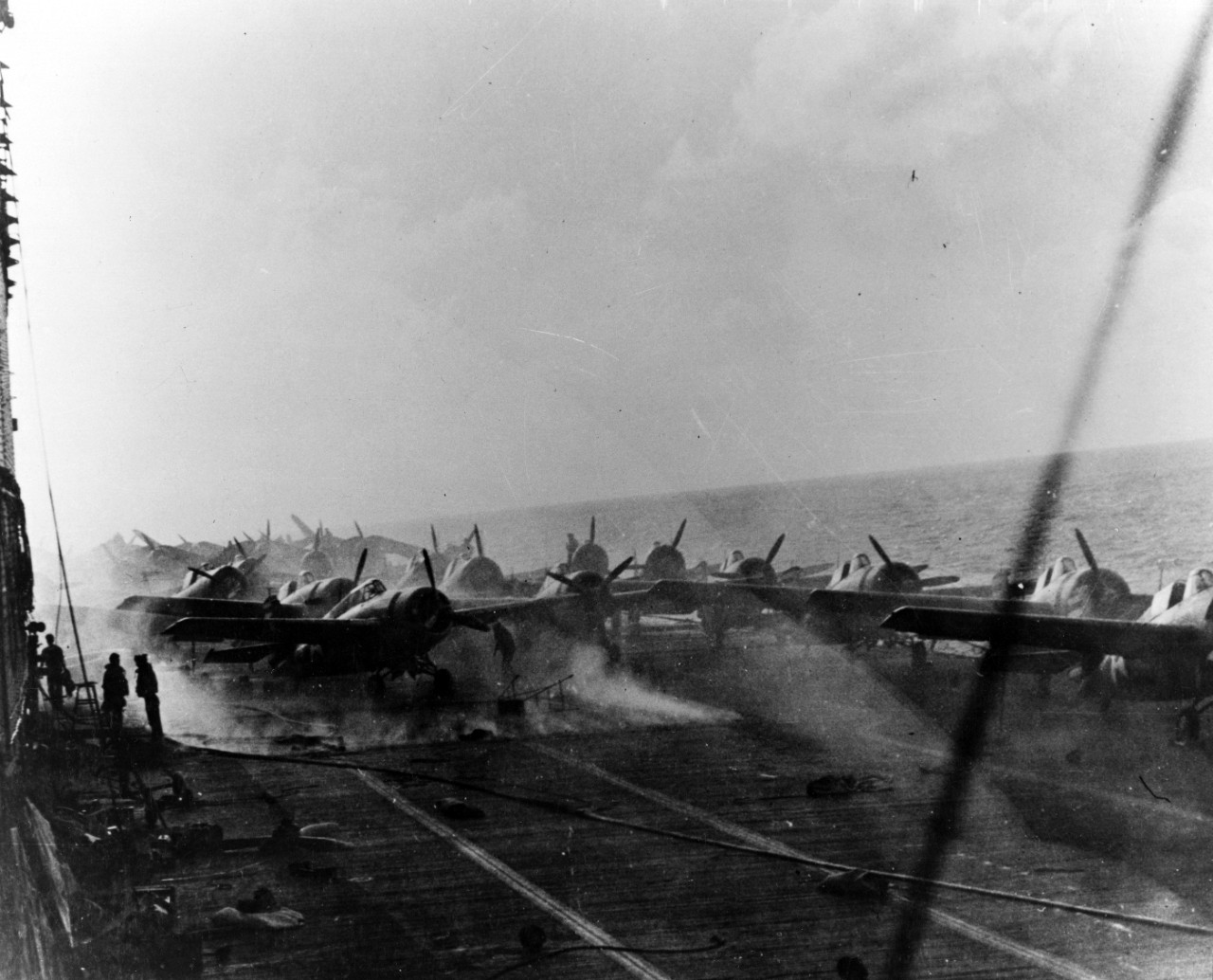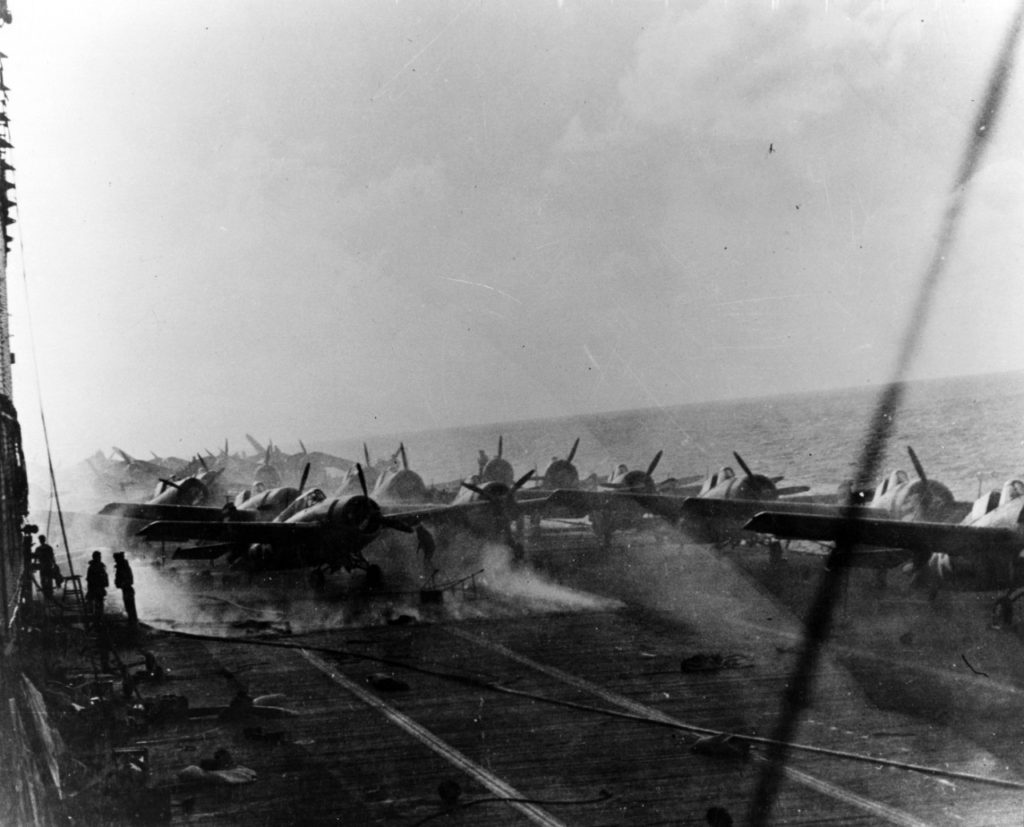Recently, Cuyahoga County passed an ordinance that will reduce the use of single-use plastic bags by retailers.
This is an action that other communities have taken without causing any obvious harm. Many retailers in the county already have stopped offering plastic bags.
But that didn’t stop at least one local grocery store chain from opposing the ban.
That store defended their position in a website and Facebook post that was, to put it charitably, one-sided, misleading, and inaccurate. Their argument can summarized as follows:
- Most experts believe that paper bags have an equal or greater negative impact on the environment.
- Plastic bags account for less than 1% of all plastic waste.
- Estimates suggest that 50% of all plastic grocery bags are used multiple times.
- Paper bags cost 5 to 6 times more than plastic bags, which results in a 2 to 3 million dollar increase in our overall costs- an expense that many of our competitors in the online grocery retail and restaurant industry will not incur.
We responded with this:
As customers of your store we were deeply disappointed to read your misleading and self-serving post opposing Cuyahoga County’s recently-passed ban on plastic shopping bags.
While we certainly agree that the best practice would be for all shoppers to use re-useable bags, we were offended by your faulty rationale for opposing the ban. Many, if not all of your customers appreciate honesty and a commitment to the greater good from the organizations that they work with or patronize. Your opposition to this action demonstrates neither.
First, the purpose of the ban is not to reduce the “impact on the environment.” The purpose is much narrower: it is to reduce the amount of plastic that enters the environment, the food chain, and ultimately humans. Opposing efforts to reduce the use of plastics – which are now ubiquitous in the environment and are especially present in Lake Erie drinking water – because the manufacture of paper bags has an impact on the environment is truly an apples and oranges comparison. Paper bags are not persistent in the environment and, unlike plastic bags, every paper bag produced since 1935 is not still present somewhere in some form on the planet.
Dr. Sherri Mason, professor of chemistry at the State University of New York at Fredonia, has studied plastic loading in the Great Lakes since 2012. Last year at the Cleveland City Club she explained that the most recent sampling of Lake Erie found 46,000 bits of plastic per square kilometer of water, a higher concentration than found in any of the world’s oceans.
Second, while plastic bags may account for a very small percentage of plastic waste, that is not a reason to oppose action that will, even in a limited way, reduce the impact of plastic on our environment. Small changes in behavior over long periods of time can produce big changes in outcomes. Certainly, much larger efforts are needed to significantly reduce the amount of plastic waste in our environment. But this step, though small, is in the right direction and should not be opposed because it is not the cure for the entire problem.
Third, the fact that some percentage of plastic bags are reused is irrelevant. The concern about plastic bags are that plastic as a material is remarkably persistent and that plastic bags have long-term negative impacts on wildlife, the environment, and likely human health. In practice they are rarely recycled and their presence in the single stream recycling waste stream is problematic for recycling facilities. The harm that plastic bags cause is not reduced just because a bag is used two or three times before being discarded. The plastic used to create the bag will still be in the environment 10,000 years from now, regardless of how many times the bag was used.

But it was used three times. Photo: Ron Prendergast, Melbourne Zoo
Finally, your unsupported claim that the shift from plastic to paper bags will impose costs on you but not on your online competitors seems disingenuous. According to public reports, your store’s revenues in 2015 exceeded $500 million. A “2 to 3 million dollar” increase in your overall costs does not sound like a serious threat to the viability of the company. A grocery retailer that receives orders online and then delivers them has enormous cost penalties in the staff time it takes to fill the order (they are paying someone to do what your customers do for you for free) and deliver it (another service your customers provide to you for free). Are you seriously implying that this bag ban will erase your very significant cost advantage over online retailers?
Finally, many grocery retailers – including some of your competitors here in Cuyahoga County – have already stopped offering plastic bags. Other retailers here provide a small credit (5 cents is common) to customers who bring their own bags. Any loss of profitability that they have suffered as a result of their actions has not been apparent. If anything, this ban will level the playing field and reduce your competitive advantage, so it is perhaps clear why you are opposing it. The fact that your store has not taken proactive action regarding single-use plastic bags (and other forms of packaging) while others have is not a credit to your company. The fact that you now are actively opposing the ban is discouraging.
Plastic bags are not the most serious environmental issue that we face. But they are a convenience that has a surprisingly large potential for harm and they are something that we happily lived without for many decades and could easily live without in the future. This ban is a very small step, but it is a step in the right direction and it may help prepare the way for bigger, more impactful steps in the future.
Please take a moment to shift your focus from your own bottom line to the greater good and reconsider your opposition to this action.
For more information, see:
https://www.cleveland.com/metro/2019/05/cuyahoga-county-council-passes-plastic-bag-ban.html
https://blog.heinens.com/the-plastic-bag-debate/
June 16, 2019


